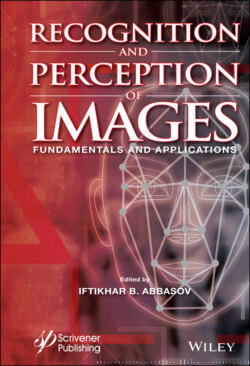Читать книгу Recognition and Perception of Images - Группа авторов - Страница 15
1.1.2 Light Perception
ОглавлениеPhotosensitive tissue is present in the simplest organisms. The reaction to light is fundamentally different from the formation of a visual image. The visual structures of the simplest organisms only accumulate light using a photosensitive pigment [Shiffman, 2008]. An eye capable of forming an image appeared in the later stages of evolution. The complex eye of arthropods consists of a bundle of conical elements (ommatidium, Greek – small eye, Figure 1.1.4) containing a lens and a photosensitive pigment [Website istockphoto, 2020]. Each ommatidium registers the incident light from the opposite side, resulting in an image consisting of individual signals. The resulting image is therefore grainy. Such a complex eye is effective in detecting minor changes in the visual field. According to this principle, a complex eye of a fly acts, which is not so easy to catch.
A compound eye is effective for detecting closely spaced objects. The eyes of vertebrates, in contrast to the complex eyes, are perfectly visible at a great distance. The eye of each biological species is maximally adapted to the conditions of its natural habitat and way of life activity.
